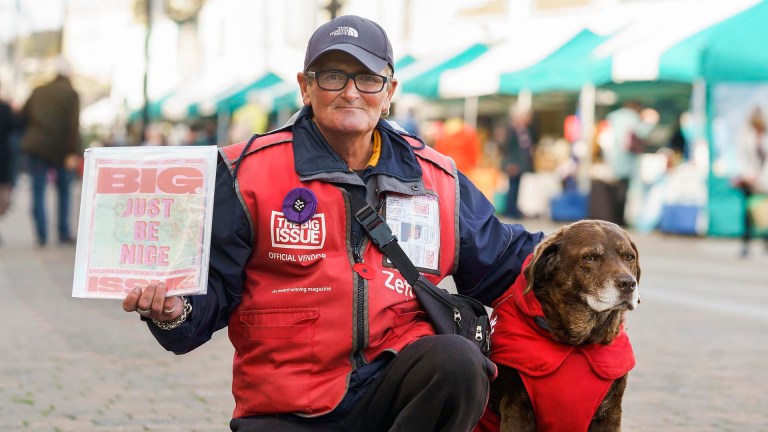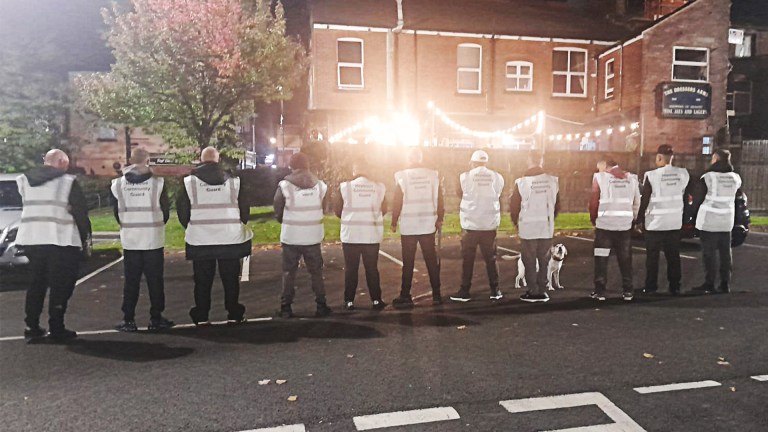The Big Issue: How can people fight back against disinformation during elections?
Peter Pomerantsev: There has been a boom in communal fact-checking. Social media is great for that – you find a disinformation story that’s trending and you can take it to a fact-checking organisation, who will likely have built some sort of rapport with the platforms, and will push for the story’s exposure to be upgraded or downgraded accordingly. [Full Fact is the UK’s leading independent fact-checking charity.]
What’s the difference between identifying fake news and watching out for news biases from publication to publication?
Take the Russian campaign during the American election. A lot of that disinformation wasn’t malicious. It’s not the content which is the main problem, the deceptive part is the way it was being amplified. You should look at the campaign itself and see if it’s being pushed by people who are genuine. That’s very hard to do at the moment without a digital forensics specialist, so we need to push the big social media platforms for transparency.
Rather prophetic front cover story in this week’s @BigIssue (published yesterday) pic.twitter.com/P9SmPecefS
— Allan Price 🎙📻 📺 (@AllanGPrice) May 21, 2019
If we can see why we’re targeted by certain online content, and we can see the mechanics of how the story’s being pushed, we gain an understanding of the overall architecture of the campaign. That creates much more discerning readers and internet users.









